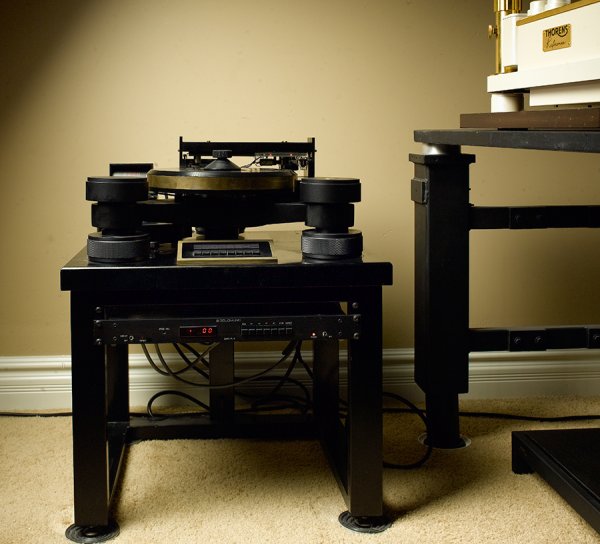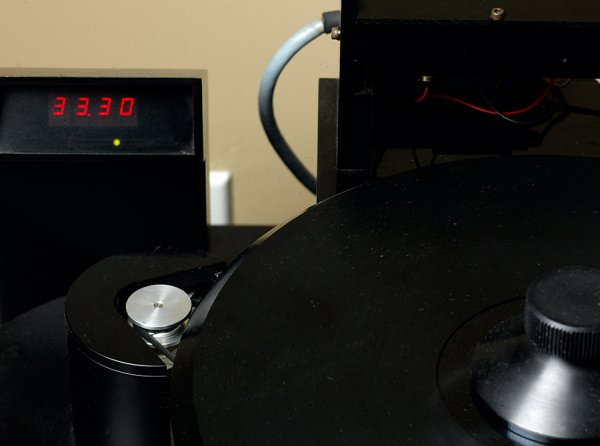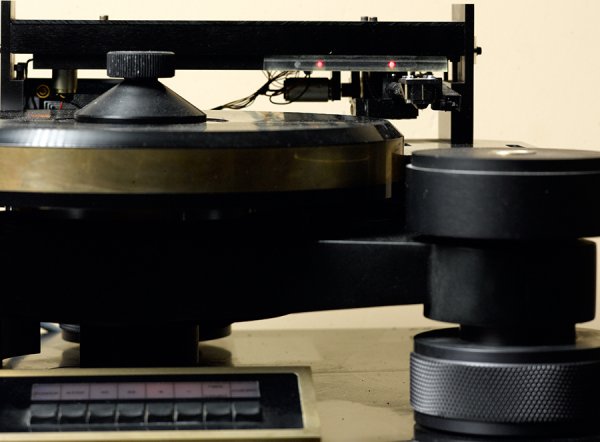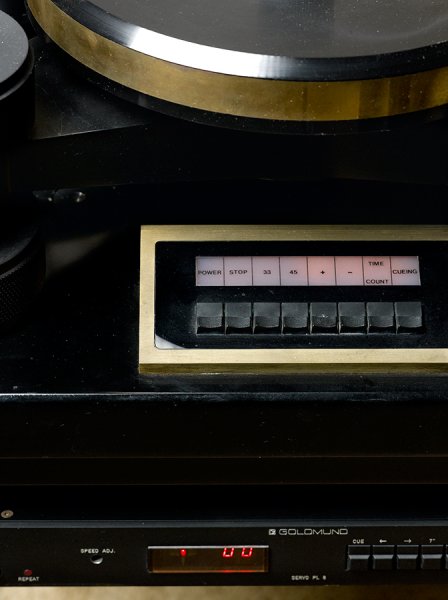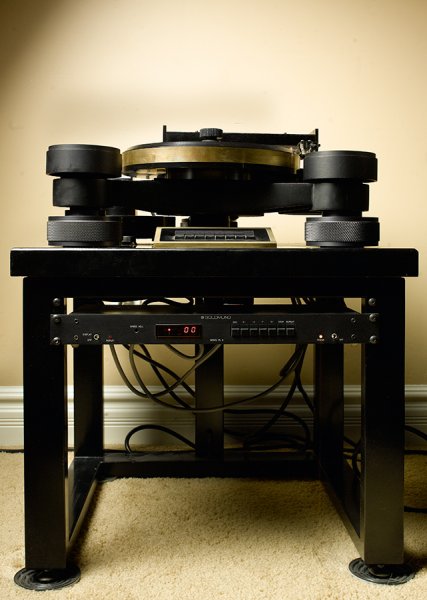Thorens Reference & Goldmund Reference Turntables
The decade between 1975 & 1985 was very special, almost all the turntables belonging to the Beyond category were designed and produced during this time. This is when Linn ruled the mobs and magazines hailed it as THE REFERENCE while Thorens & Goldmund created uncompromised masterpieces.
The Thorens & Goldmund have nothing in common as far as their designs go but interestingly there’s a commonality in their sound. Also both have been criticized in the audiophile circles for lacking the ultimate in bass resolution and being somewhat colored when compared to the top Micro Seiki tables. While true to an extent they failed to recognize the beauty of the whole. These aren’t mere machines built according to the numbers they’re born from the sophistication and passion of a higher intelligence. Listen to them without expectation or prejudice and they’ll reveal the inner beauty and soul of the music with natural ease. The difference between their presentation vs that of their Japanese counterparts comes from the backgrounds of their creators. The Thorens & the Goldmund express European sensitivities of the arts while Micro Seiki tables are built upon Asian & Japanese values. Two cultures rich with their own history and tradition to experience, and why not?
Facts and figures of these tables can be found in many places on the net, along with positive and negative audiophile reviews. Within my limitations of language I’m hoping to share the emotional and intellectual arousal, the place Beyond the black goop and electronic signals of perfect machines, that the designers of these works of art intended to share with us. IMO, they succeeded…
david
The Thorens Reference with all its glorious German flair...
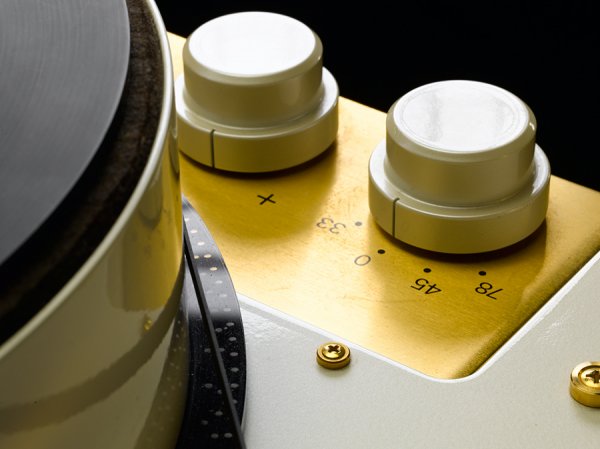
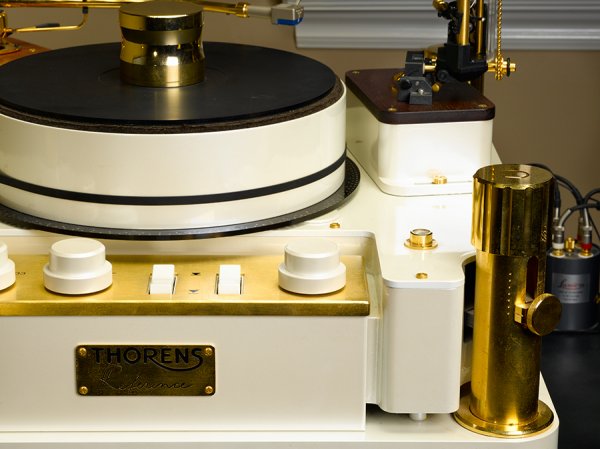
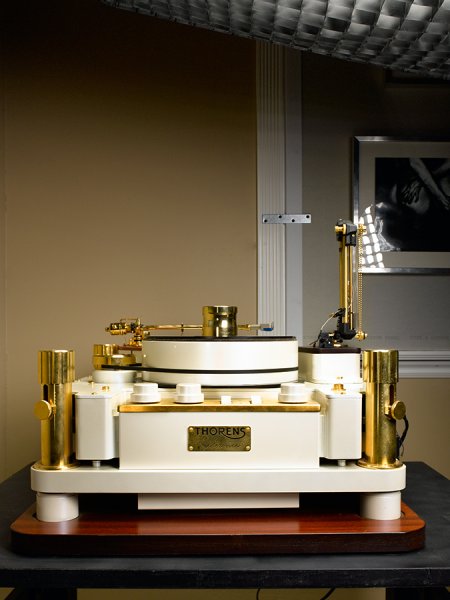
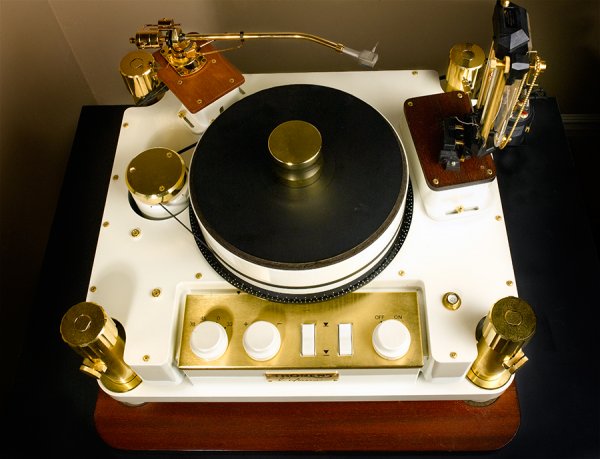
The decade between 1975 & 1985 was very special, almost all the turntables belonging to the Beyond category were designed and produced during this time. This is when Linn ruled the mobs and magazines hailed it as THE REFERENCE while Thorens & Goldmund created uncompromised masterpieces.
The Thorens & Goldmund have nothing in common as far as their designs go but interestingly there’s a commonality in their sound. Also both have been criticized in the audiophile circles for lacking the ultimate in bass resolution and being somewhat colored when compared to the top Micro Seiki tables. While true to an extent they failed to recognize the beauty of the whole. These aren’t mere machines built according to the numbers they’re born from the sophistication and passion of a higher intelligence. Listen to them without expectation or prejudice and they’ll reveal the inner beauty and soul of the music with natural ease. The difference between their presentation vs that of their Japanese counterparts comes from the backgrounds of their creators. The Thorens & the Goldmund express European sensitivities of the arts while Micro Seiki tables are built upon Asian & Japanese values. Two cultures rich with their own history and tradition to experience, and why not?
Facts and figures of these tables can be found in many places on the net, along with positive and negative audiophile reviews. Within my limitations of language I’m hoping to share the emotional and intellectual arousal, the place Beyond the black goop and electronic signals of perfect machines, that the designers of these works of art intended to share with us. IMO, they succeeded…
david
The Thorens Reference with all its glorious German flair...




Last edited:


